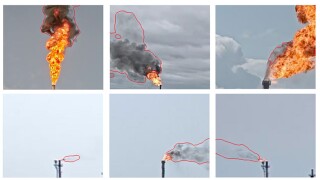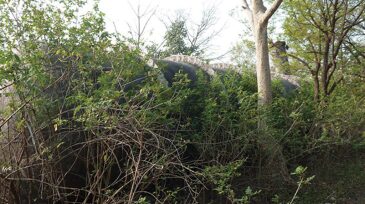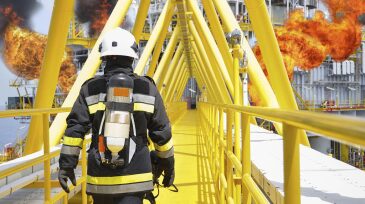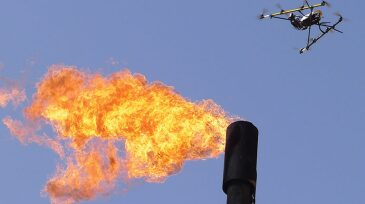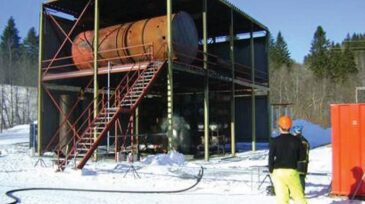Safety
Sponsored
Advance your career with the new Pipeline Engineering Program at the Technical University of Leoben, a 5-month course combining on-campus and online learning, integrating industry expertise, engineering practice, and future-ready skills for professionals in oil, gas, and emerging energy systems.
A resilience-based approach to safety was the focus of a panel of experts at the 2025 SPE Annual Technical Conference and Exhibition in Houston.
This paper focuses on developing a model that can be used in an automated, end-to-end flare-smoke detection, alert, and distribution-control solution that leverages existing flare closed-circuit television cameras at manufacturing facilities.
-
Human error is identified as a root cause of accidents and incidents in 60% to 80% of the cases and a causal factor in another 50% to 60% of all mishaps across many industries.
-
I was an employee of Union Carbide Corp. (UCC), and like other employees, I know exactly where I was when I first heard the news. Analyzing the root cause of this horrible accident provides insight and opportunities to learn from the mistakes that led to Bhopal.
-
Human factors may be a trendy term, but human habits are the targets in effecting change in behaviors related to performing work safely. Recent research around what habits are, how they are formed and changed and how they affect our lives has important implications for creating a safety culture.
-
Passive fire protection (PFP) has been used as a method to avoid/delay global collapse of offshore installations. Location of PFP is often based on simplistic assumptions, standards, guidance, and methods that do not always consider the real response of the structure to fire.
-
Over its 27-year history, the Center for Chemical Process Safety (CCPS) has observed that the first step toward implementing a strong process-safety-management program is obtaining top-management commitment.
-
The Abnormal Situation Management (ASM) Consortium performed a root-cause analysis on 32 incident reports gathered from public documents and member companies.
-
Unmanned aircraft are finding their place in the oil and gas industry by providing aerial geologic modeling to address reservoir-related challenges and making inspections safer.
-
ExxonMobil has traditionally used industry standards driven by the US Occupational Safety and Health Administration (OSHA) to classify safety events on the basis of the treatment or restrictions provided. However, this treatment-based approach has limitations.
-
A metric based on a corrective-action-classification system initially appeared to be a valuable leading indicator for management purposes.
-
A series of 56 large-scale fire experiments in the range of 40–120 MW has been carried out in a generic offshore module.



